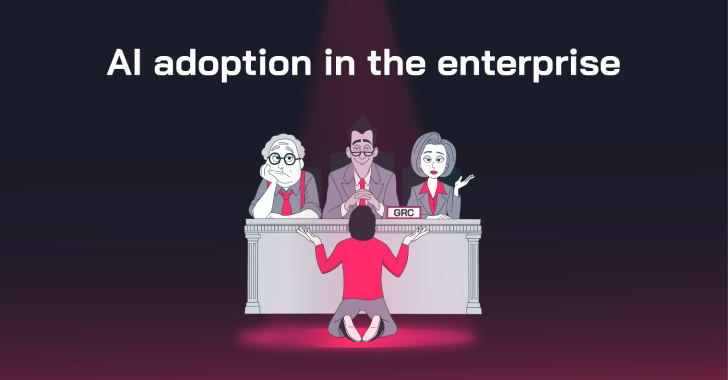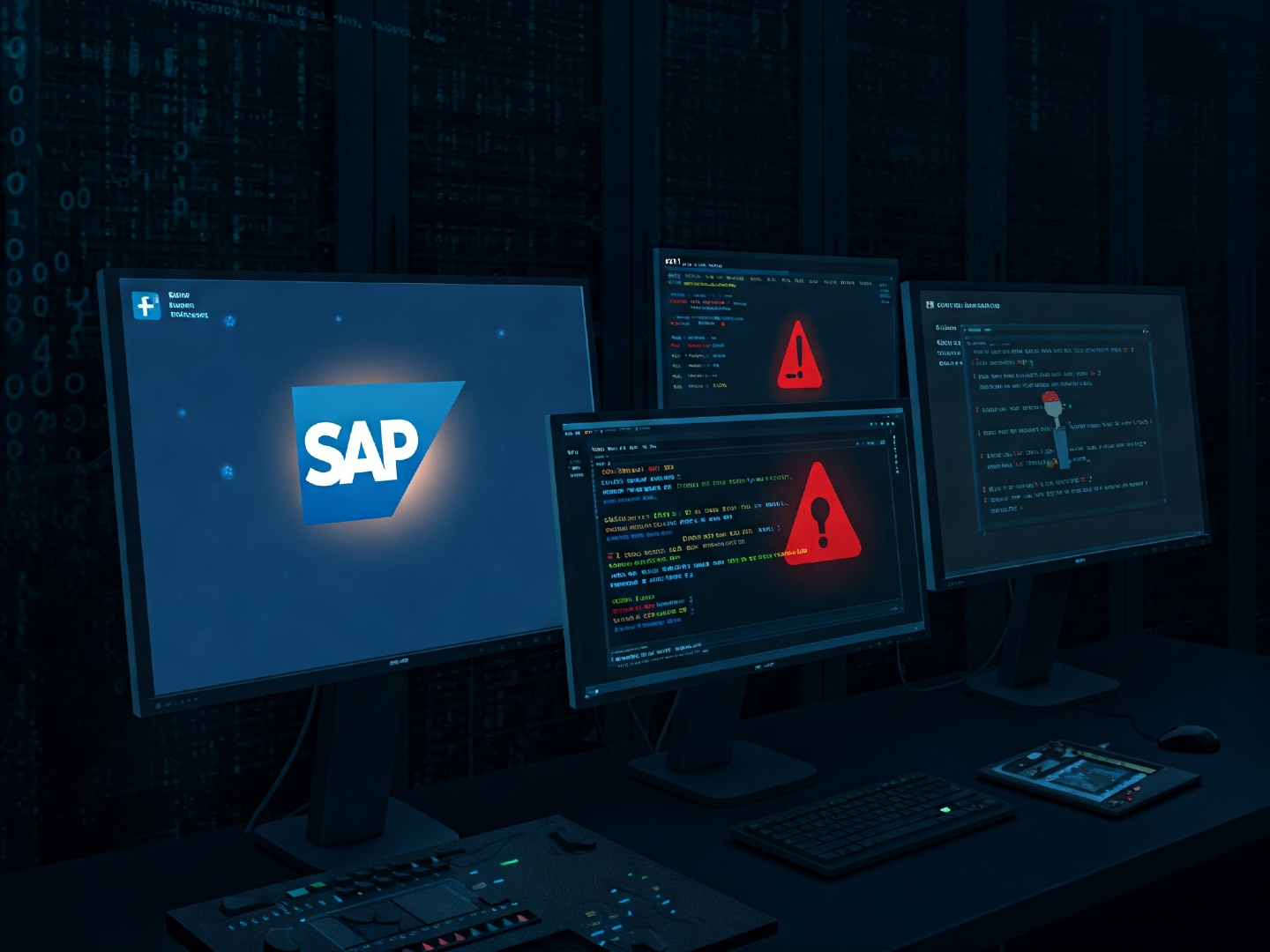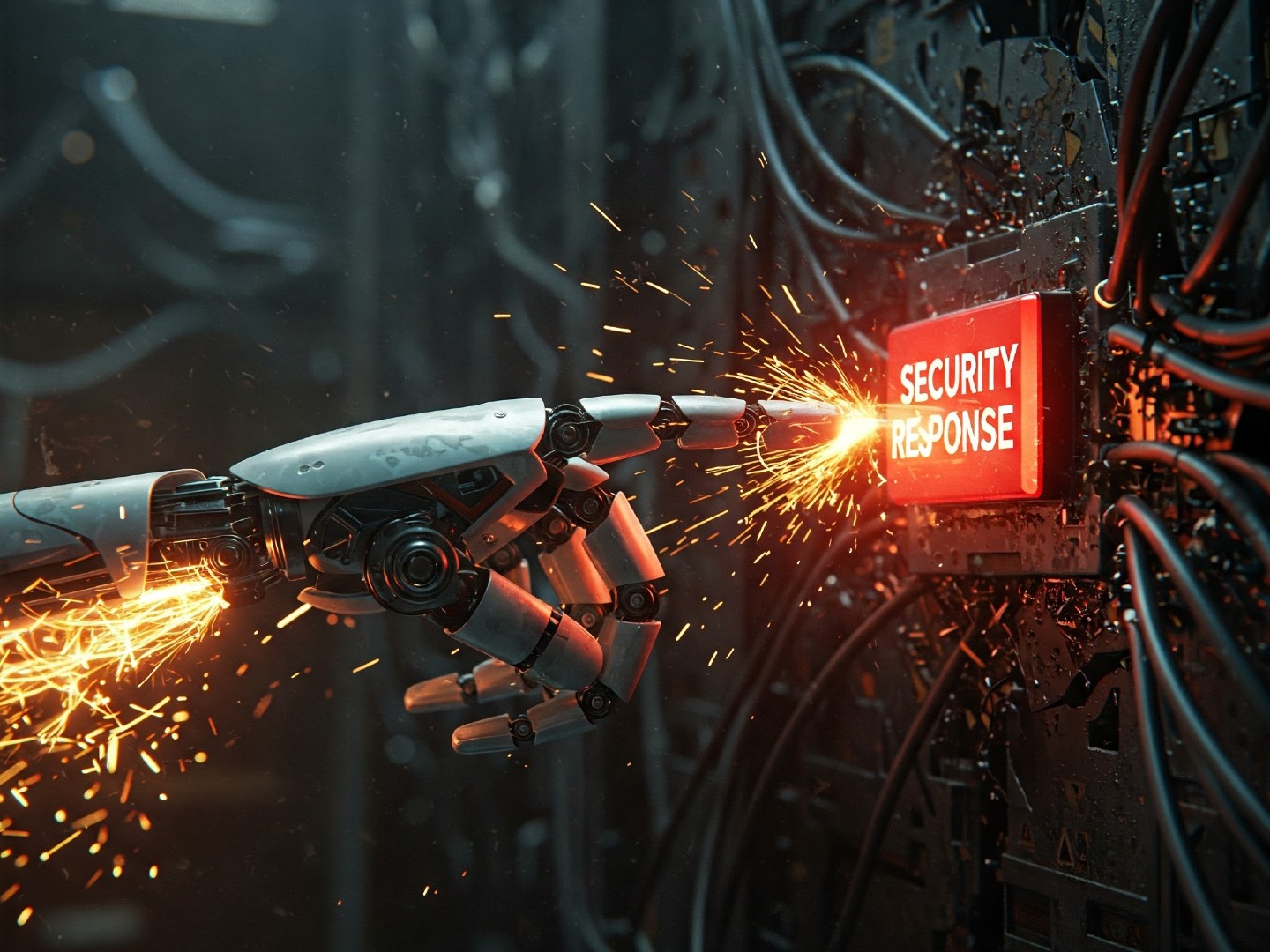AI's Enterprise Ascent Security Concerns Threaten Widespread Adoption
Artificial intelligence is poised to transform business, offering innovations from smarter fraud prevention and personalized customer experiences to more effective security operations. But the path to widespread AI adoption is proving difficult, hampered by significant security, legal, and regulatory challenges.

AI promises big changes for businesses, from spotting fraud and personalizing content to improving customer service and security. But getting AI off the ground can be tough, often hitting roadblocks related to security, legal issues, and compliance.
Table of Contents
Ever seen this? A CISO wants an AI-powered security operations center (SOC) to handle the flood of alerts and attacks. But before it even starts, the project has to jump through hoops: governance, risk, and compliance (GRC) approvals, legal reviews, and funding battles. This slows things down, leaving companies without the benefits of an AI-powered SOC while cybercriminals keep getting smarter. It's a familiar story.
Let's look at why AI adoption faces so much resistance. We'll separate real risks from red tape and explore how vendors, executives, and GRC teams can work together. Plus, we'll share tips from CISOs who've been there, and a checklist of questions for AI vendors to answer to satisfy those enterprise gatekeepers.
Compliance as the primary barrier to AI adoption
Security and compliance are consistently the top reasons why companies hesitate to invest in AI. Industry leaders like Cloudera and AWS have seen this across different industries. Regulatory uncertainty seems to be causing a lot of hesitation.
If you dig into why AI compliance is such a problem, three things stand out. First, regulatory uncertainty keeps changing the rules for compliance teams. For example, your European offices might have just adjusted to GDPR, only to face new AI Act rules with different risk levels and benchmarks. If you're a global company, this puzzle of AI laws and policies gets even harder. Second, framework inconsistencies add to the problem. Your team might spend weeks documenting data sources, model design, and testing for one region, only to find out it doesn't work in another. Finally, the expertise gap might be the biggest issue. When a CISO asks who understands both the rules and the tech, it's often quiet. Without people who know both worlds, figuring out how to turn compliance into real controls becomes a guessing game.
These issues affect everyone: developers face long approval times, security teams struggle with AI-specific threats like prompt injection, and GRC teams take cautious stances to protect the company. Meanwhile, cybercriminals aren't held back, quickly using AI to improve attacks while your defenses are stuck in compliance reviews.
AI Governance challenges: Separating myth from reality
With so much confusion around AI rules, how do you know what's a real risk and what's just fear? Let's clear up the confusion and see what you should worry about—and what you can ignore. Here are a few examples:
FALSE: "AI governance requires a whole new framework."
Companies often create entirely new security plans for AI, which is unnecessary. Existing security controls usually work for AI systems too, with just a few tweaks for data protection and AI-specific issues.
TRUE: "AI-related compliance needs frequent updates."
The AI world and its regulations are always changing, so AI governance needs to keep up. Even though compliance is dynamic, companies can still handle updates without redoing everything.
FALSE: "We need absolute regulatory certainty before using AI."
Waiting for all the rules to be clear will slow down innovation. AI policy will keep changing, so it's better to develop iteratively and avoid falling behind.
TRUE: "AI systems need continuous monitoring and security testing."
Traditional security tests don't catch AI-specific risks like adversarial examples and prompt injection. Ongoing evaluation—including red teaming—is essential to find bias and reliability issues.
FALSE: "We need a 100-point checklist before approving an AI vendor."
Requiring a huge checklist for vendor approval creates delays. Standardized evaluation frameworks like NIST's AI Risk Management Framework can make assessments easier.
TRUE: "Liability in high-risk AI applications is a big risk."
Figuring out who's responsible when AI makes mistakes is complicated, since errors can come from training data, model design, or deployment. When it's unclear who's to blame—your vendor, your company, or the user—careful risk management is a must.
Effective AI governance should focus on technical controls that address real risks—not create unnecessary barriers that hold you back.
The way forward: Driving AI innovation with Governance
Companies that adopt AI governance early gain a real edge in efficiency, risk management, and customer experience compared to those that treat compliance as an afterthought.
Look at JPMorgan Chase's AI Center of Excellence (CoE). By using risk-based assessments and standard frameworks with a central AI governance approach, they've sped up AI adoption with quicker approvals and minimal compliance reviews.
For companies that delay AI governance, the cost of waiting grows every day:
- Increased security risks: Without AI-powered security, you're more vulnerable to sophisticated, AI-driven cyber attacks that traditional tools can't handle.
- Lost opportunities: Failing to innovate with AI means missing out on cost savings, process improvements, and market leadership as competitors use AI.
- Regulatory debt: Future regulations will increase compliance burdens, forcing rushed implementations at higher costs.
- Inefficient late adoption: Retroactive compliance often comes with less favorable terms, requiring substantial rework of systems already in production.
Balancing governance with innovation is key: as competitors standardize AI, you can secure your market share through more secure, efficient operations and better customer experiences powered by AI and protected by AI governance.
How can vendors, executives and GRC teams work together to unlock AI adoption?
AI adoption works best when your security, compliance, and technical teams collaborate from day one. Based on conversations we've had with CISOs, we'll break down the top three key governance challenges and offer practical solutions.




